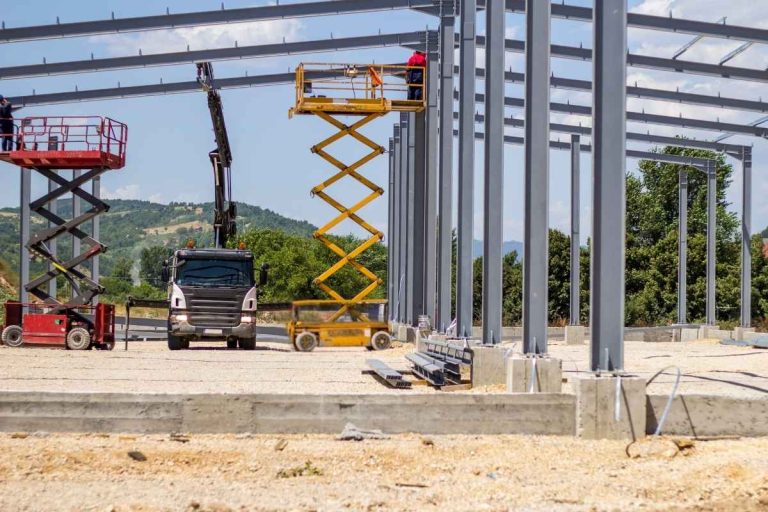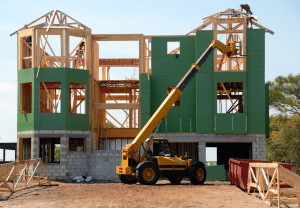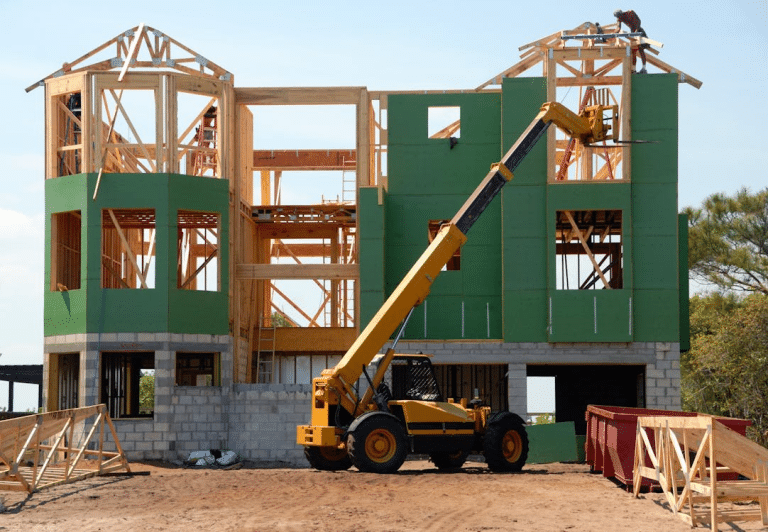The construction industry in British Columbia (BC) often faces the challenge of balancing time constraints and budget limitations. With numerous factors contributing to delays and cost overruns, finding efficient and cost-effective solutions is essential. Steel buildings provide an ideal answer to these challenges, offering a streamlined construction process that saves both time and money.
Steel buildings BC offer several advantages in terms of reducing construction time and material costs. These structures not only facilitate faster assembly but also help to lower long-term maintenance expenses. In this article, we will explore how these buildings contribute to a more efficient construction process in BC, focusing on their speed, cost-effectiveness, and long-lasting benefits.
Faster Construction Timelines
One of the most significant advantages of steel buildings is the speed at which they can be constructed. Traditional construction methods, such as those involving wood or concrete, often require longer timelines due to the complexity of the materials and the need for on-site labor. Steel, on the other hand, can be prefabricated off-site, allowing components to be assembled quickly once delivered to the construction site.
By using pre-engineered steel components, construction teams can complete the framing, roofing, and cladding much faster than with traditional methods. The assembly process is efficient, and fewer workers are needed for assembly, which directly contributes to reducing labor costs and the overall time required for construction.
Reduced Material Costs
Steel buildings also help reduce material costs. Steel is not only durable but also lightweight, which makes transportation easier and less expensive. In addition, steel’s strength-to-weight ratio means that less material is required to achieve the same structural strength compared to other materials like concrete or wood.
In terms of initial investment, steel structures tend to be more affordable than traditional brick-and-mortar construction due to their reduced material and labor needs. This cost savings is particularly beneficial for businesses and individuals looking to build within a set budget while maintaining quality.
Minimal Maintenance Requirements
Another way in which steel buildings in BC save money is through their minimal maintenance requirements. Steel structures are resistant to many of the common issues that affect traditional buildings, such as termite damage, weathering, and warping. This reduces the frequency and cost of repairs, offering long-term savings for building owners.
For instance, unlike wood, which requires regular painting and sealing to prevent rot, steel requires very little upkeep. As a result, building owners spend less time and money on maintenance activities, further enhancing the overall cost-effectiveness of steel buildings.
Energy Efficiency
Steel buildings can also contribute to long-term cost savings through their energy efficiency. Steel is an excellent material for insulation, and when properly insulated, steel buildings help reduce heating and cooling costs. This is particularly important in BC, where the climate can vary widely, with cold winters and warm summers.
With proper insulation, steel buildings can help maintain a comfortable indoor temperature year-round, significantly reducing energy bills. Additionally, steel’s reflective properties can help reduce the heat absorbed by the building, further improving energy efficiency and reducing reliance on air conditioning in warmer months.
Steel buildings in BC offer a comprehensive solution to many challenges faced during construction. Their quick assembly, reduced material costs, and low maintenance needs ensure that both time and money are saved throughout the building process. With the ability to adapt to various designs, provide long-term durability, and improve energy efficiency, steel buildings are a smart investment for both businesses and homeowners. By choosing steel, builders and owners alike can achieve high-quality results without exceeding budget or timelines.













